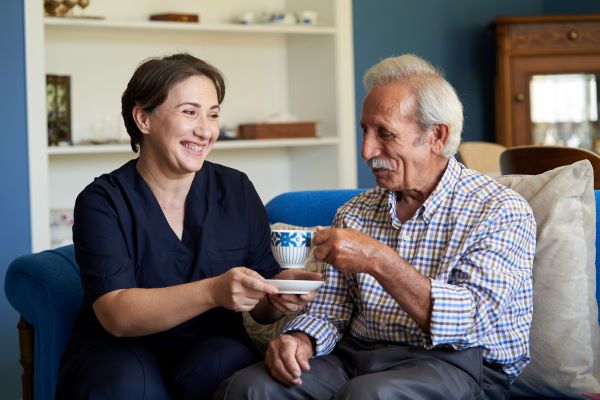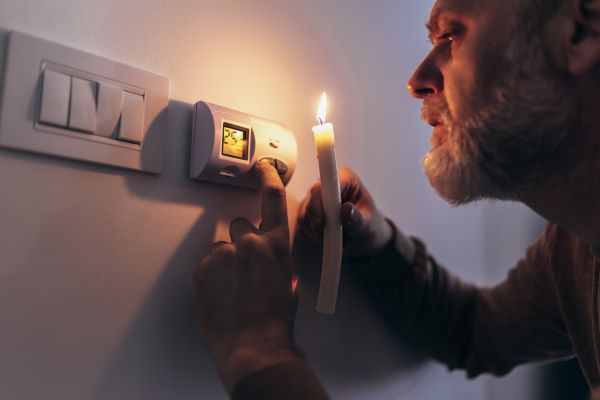Social Security serves as a federal initiative aimed at providing a support network for the…

Caregivers Can Take a Break with Respite Care
In addition to being fulfilling, complicated, and exhausting, being a caregiver is a selfless gift. While many find gratification in caring for others, they have to tend to their own lives and responsibilities. Because of this, caregivers typically experience some extent of burnout. In order to avoid burnout, it is critical for all caregivers to remember to take care of themselves.
Caregiver Burnout
Caregiver burnout is the emotional, physical, and mental exhaustion from the stressors that coincide with caring for a loved one. It is typically accompanied by feeling under-supported, overwhelmed, and underappreciated.
Burnout is most likely to happen when caregivers are not taking care of themselves. This can eventually affect the caregiver’s ability to provide quality care, which can be harmful to both the caregiver and the individual receiving care. A study conducted by the Journals of Gerontology concluded that caregivers under high levels of strain and responsibility had a significantly higher mortality rate and poorer health outcomes compared to those with less or no caretaking pressures.
Fortunately, burnout can be prevented or minimized by taking precautions such as healthy eating, exercising regularly, getting adequate sleep, and utilizing respite care to ensure regular breaks are prioritized.
Respite Care Services
Respite care is an essential component of caregiving. It provides support for caregivers by offering temporary relief. This enables the caregiver to take much-needed breaks from the high demands of caring for a sick, disabled, or aging loved one.
Respite care is unique for each situation. It can take place in one’s home, nursing or residential facilities, or adult day care centers. It may only be for a few hours while the caregiver runs errands, or it can be for a few days to weeks, depending on the circumstances. The type of support varies greatly as well and may include:
- Assistance with household chores, errands, or tasks
- Transportation to medical appointments
- Assistance with bathing, dressing, and hygienic needs
- Basic medical care
- Companionship
Types of Respite Care
Arrangements for respite care are made ahead of time by the caregiver, and these arrangements can take the form of many types. The most common types of respite care are as follows:
- Informal care is generally provided by family members or friends. It does not involve a respite professional and is an excellent solution for occasional, short-term breaks.
- In-home care services come to you and offer temporary relief or can be regularly scheduled. An agency or an individual caregiver can provide in-home care aids or respite services.
- Day services are an excellent option for adults who enjoy socialization and time out of their homes. These services are provided at various locations, such as senior centers or churches, and allow for supervised socialization under medical care. These services permit caregivers to go to work or complete other daytime tasks.
- Residential care is much like a temporary nursing home or assisted living facility. It allows for overnight stays and is a good option if a caregiver must travel or needs a longer break.
Being a caregiver is a full-time responsibility. To provide the best care for a loved one, the caregiver must ensure that they are taking care of themselves too. Respite care plays a vital role, as it recharges the caregiver so burnout can be avoided and all have the best outcome.
If you are caring for aging parents or someone with a special needs disability, learn more about respite resources available to you.
We hope you enjoyed this article. If you would like to discuss a personal legal matter, we would be happy to talk. Please contact our Heber Springs, Arkansas Office at (501) 365-3934.



